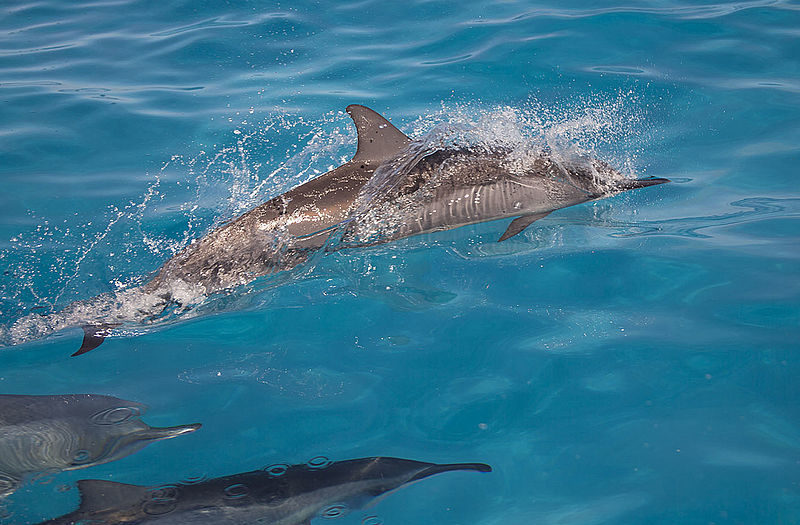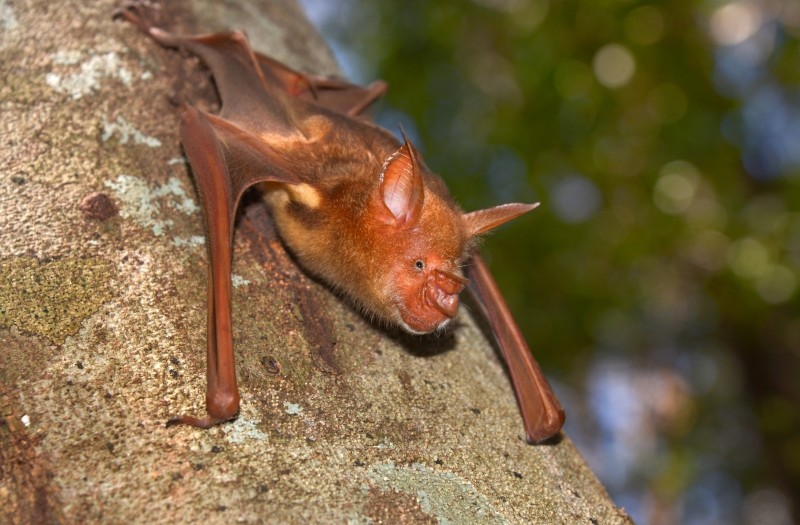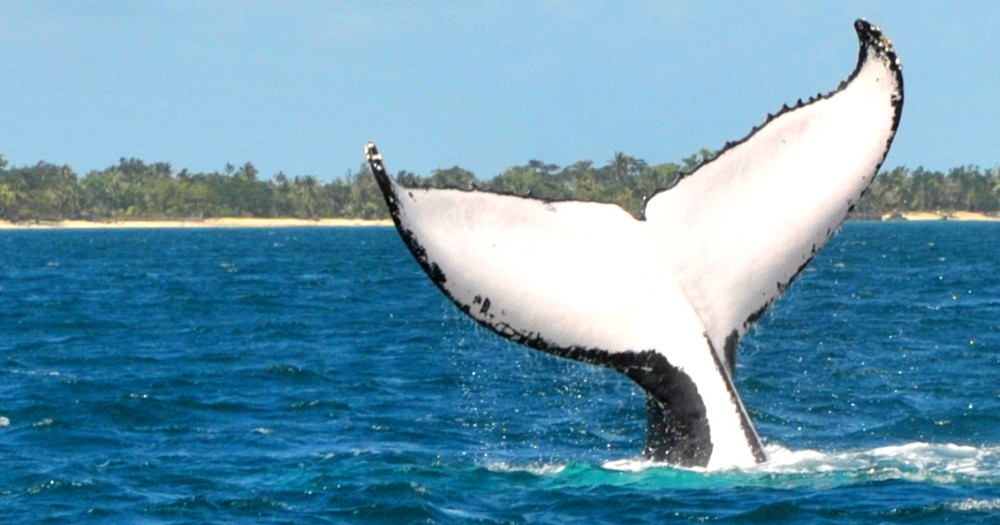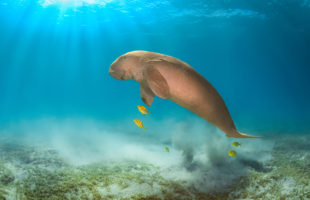Originally, Madagascar has no big mammals like buffaloes, zebras, hippos, lions or other large animals you can meet all around Africa. Ruminants, which settle nearly all regions worldwide, lack in Madagascar completely. The now everywhere kept Zebus were introduced to the island as domestic cattle and don’t occur in the wild. The Indian Civet is another animal introduced by humans, it takes food and habitat of many native animals. Similar to pet cats and dogs, they’re very adaptive and breeds fast and easily.
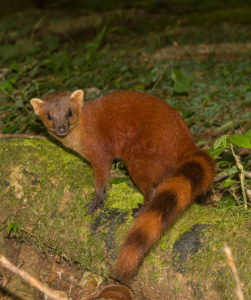
The biggest indigenous mammal of Madagascar is the Fossa, which has not more than 35 cm waist height – right next to the Indri with maximally 10 kg body weight. The smaller carnivorans build their own family and occur – like so many animals in Madagascar – only on this certain island. The Fanaloka, a small gene-tlike predator, can be found only pairwise in the rain- and dry forests of the East and north coast. Their tail serves as fat storage. Madagascar’s curious mongooses have a bad reputation in many places, they’re ill-reputed as hen thieves. They can be watched in many national parks and love to take a look into human cooking pots – very smart journeymen, who can swim as well as climb well. In contrast to all other small carnivorans of Madagascar, the ring-tailed mongoose lives as the only one in family structures.
Besides predators, there exist of course some other mammals at the red island. Many travelers know the Tenrecs, of which only the otter shrews have two other homelands. Five tenrec species wear spikes on their back, which resembles them to hedgehogs (that’s why people also call them “hedgehog tenrec” sometimes) – but these small insect eaters aren’t even related to hedgehogs. Against general opinion, many other species belong to the tenrec family, which differentiate from each other partially very strong. Some animals like the aquatic tenrec – the name says it all – live mainly inside waters, the rice tenrec buries himself in the earth, shrew tenrecs climb trees. But most tenrecs are simple nocturnal ground dwellers such as the Lowland Streaked Tenrec.
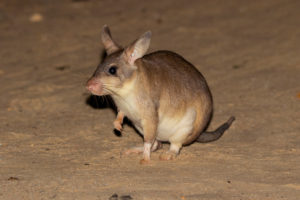
Other smaller mammals of Madagascar are the Madagascar rat, which belongs to the rodents like its European relatives, or the Malagasy Jumping Rat (Votsotsa), the rarest rodent of Madagascar. The bush pig is also found on the island and is the only one of this family on the island.
Apart from the country dwellers, there are also mammals in the sea off Madagascar. Humpback whales regularly migrate along the east coast from August to September to give birth to their young. With a bit of luck, humpback dolphins, Spinner dolphins, pantropical spotted dolphins, Indo-Pacific bottlenose dolphins, pilot whales, Bryde whales, and the extremely rare Omura whales can also be observed off the north coast. And there are also some mammals in the air at night – three species of bats are native to Madagascar.
 MADAMAGAZINE Your Magazine about Madagascar
MADAMAGAZINE Your Magazine about Madagascar

